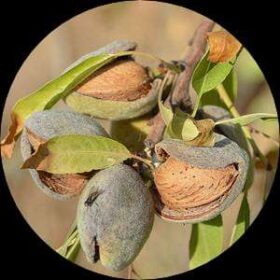- Empty cart.
- Continue Shopping
Nagadanti (Baliospermum Montanum)
Original price was: ₹555.00.₹398.00Current price is: ₹398.00.
Genus : Baliospermum
“The Neyvalli Plant is a stunning botanical specimen that enhances the beauty of any garden or indoor setting. With its unique features and specific care needs, it is a sought-after plant for plant lovers and enthusiasts. Bring the elegance of the Neyvalli Plant into your space.”
Nagadamanti, scientifically known as Baliospermum montanum, is a medicinal plant that is native to India and other parts of Southeast Asia. It belongs to the family Euphorbiaceae and is commonly referred to as the “Cursed oil plant” or “Bhaddi Patraka” in Sanskrit.
The Nagadamanti plant is a perennial shrub that can grow up to 2 meters in height. It has a woody stem with green leaves that are broadly ovate in shape and have serrated edges. The leaves are arranged alternately on the stem and have a smooth texture.
One of the notable features of the Nagadamanti plant is its flowers. The flowers are small and yellowish-green in color, and they grow in clusters at the tips of the branches. These flowers bloom during the monsoon season, typically from July to September.
The plant produces fruits that are round and have a smooth surface. The fruits start off green and eventually turn black when they ripen. Each fruit contains three seeds that are oval-shaped and dark brown in color.
In traditional Ayurvedic medicine, various parts of the Nagadamanti plant are used for their medicinal properties. The roots, leaves, and seeds are particularly valued for their therapeutic benefits. The plant is known for its anti-inflammatory, analgesic, and antipyretic properties.
The seeds of Nagadamanti are rich in oil, which is extracted and used for medicinal purposes. The oil is known for its purgative and laxative effects, and it is used to treat constipation and digestive disorders. The leaves of the plant are often used












Reviews
There are no reviews yet.